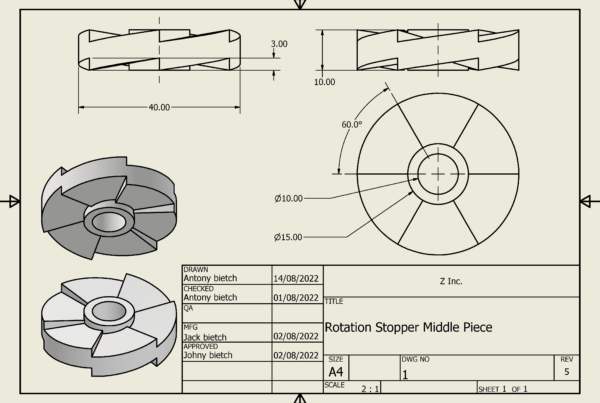Programming is the process of designing, creating, and implementing software solutions to solve specific problems or automate tasks. It involves writing instructions, known as code, that tell a computer how to perform certain operations. Software development, on the other hand, refers to the broader process of creating software, which includes programming as one of its core components.
To understand programming, it’s important to grasp some fundamental concepts and building blocks that form the basis of software development. Let’s explore a few key elements:
Programming Languages: Programming languages are formal languages used to write code. They provide a set of rules and syntax that allow programmers to communicate with computers effectively. Some popular programming languages include Python, Java, C++, JavaScript, and Ruby. Each language has its own strengths, weaknesses, and areas of application.
Variables: Variables are named storage locations used to hold values that can change during program execution. They act as placeholders and allow programmers to store and manipulate data. Variables have types, such as integers, strings, booleans, or custom-defined types, which determine the kind of data they can hold.
Data Types: Data types define the nature of data that can be stored and manipulated in a programming language. Common data types include numbers (integers, floating-point numbers), strings (sequences of characters), booleans (true/false values), and more complex types like arrays, lists, and dictionaries.
Control Structures: Control structures enable programmers to control the flow of execution in a program. These include conditionals (if-else statements) that allow different paths of execution based on certain conditions, loops (for and while loops) for repeating a set of instructions, and branching statements (break, continue) for altering the flow within loops.
Functions and Methods: Functions and methods are reusable blocks of code that perform specific tasks. They take input, perform operations, and optionally produce an output. Functions help in modularizing code, making it easier to read, understand, and maintain. Methods are functions associated with objects or classes in object-oriented programming.
Data Structures: Data structures are used to organize and manage data efficiently. Examples include arrays, lists, stacks, queues, trees, and graphs. Choosing the appropriate data structure for a specific problem can significantly impact the performance and efficiency of a program.
Algorithms: Algorithms are step-by-step procedures or instructions for solving a specific problem or performing a task. They form the core of software development, as they define the logic behind how a program works. Efficient algorithms can reduce execution time and optimize resource usage.
Debugging: Debugging is the process of finding and fixing errors, or bugs, in a program. It involves identifying and understanding the cause of unexpected behaviour’s or incorrect outputs. Debugging tools and techniques help programmers track down issues, such as using print statements, log files, or specialized debugging software.
These are just some of the building blocks of software development and programming. As you progress in your programming journey, you’ll encounter more advanced concepts and techniques. Understanding these foundational elements will provide you with a solid starting point and enable you to construct more complex software solutions. AIMT is best institute for diploma in computer science.




